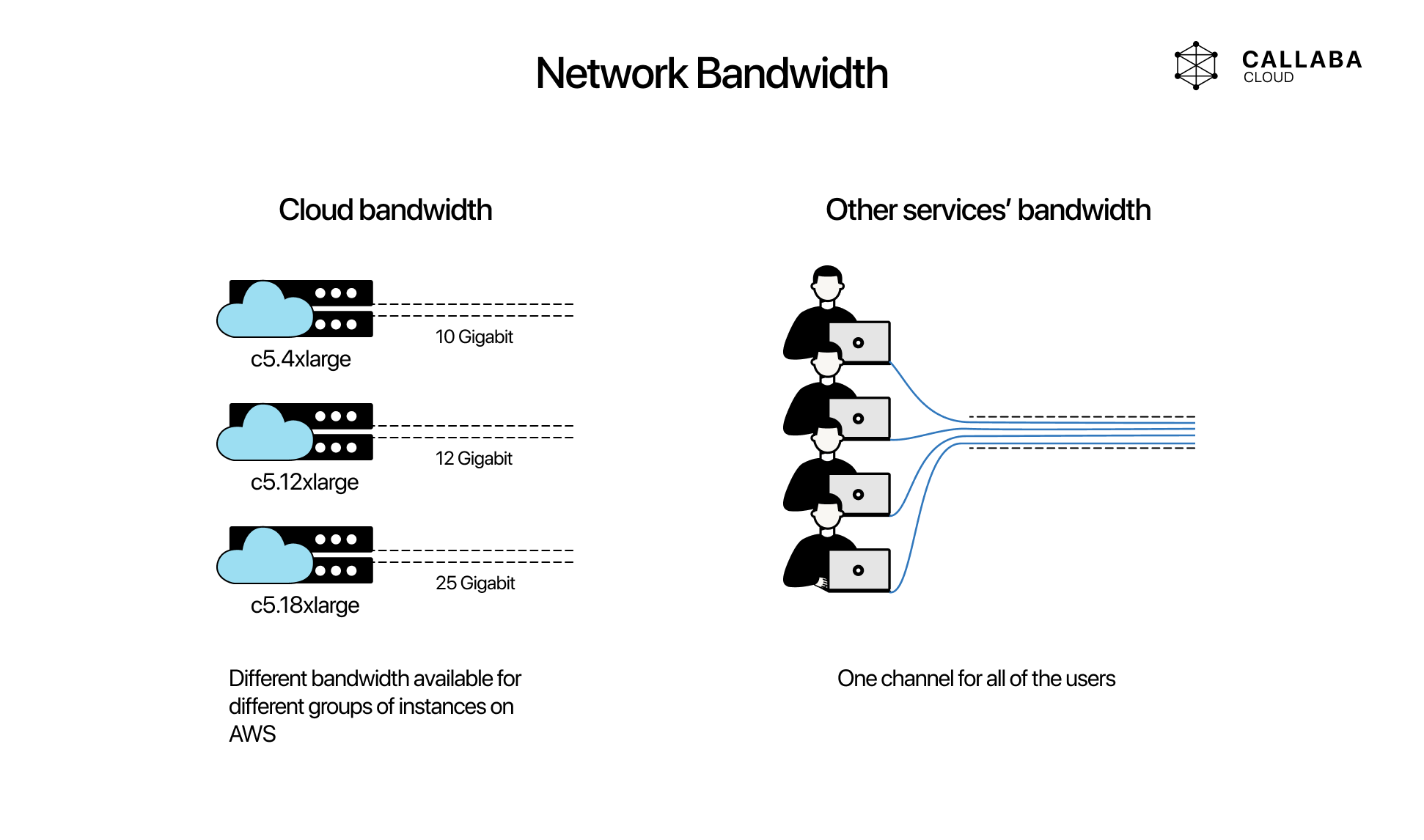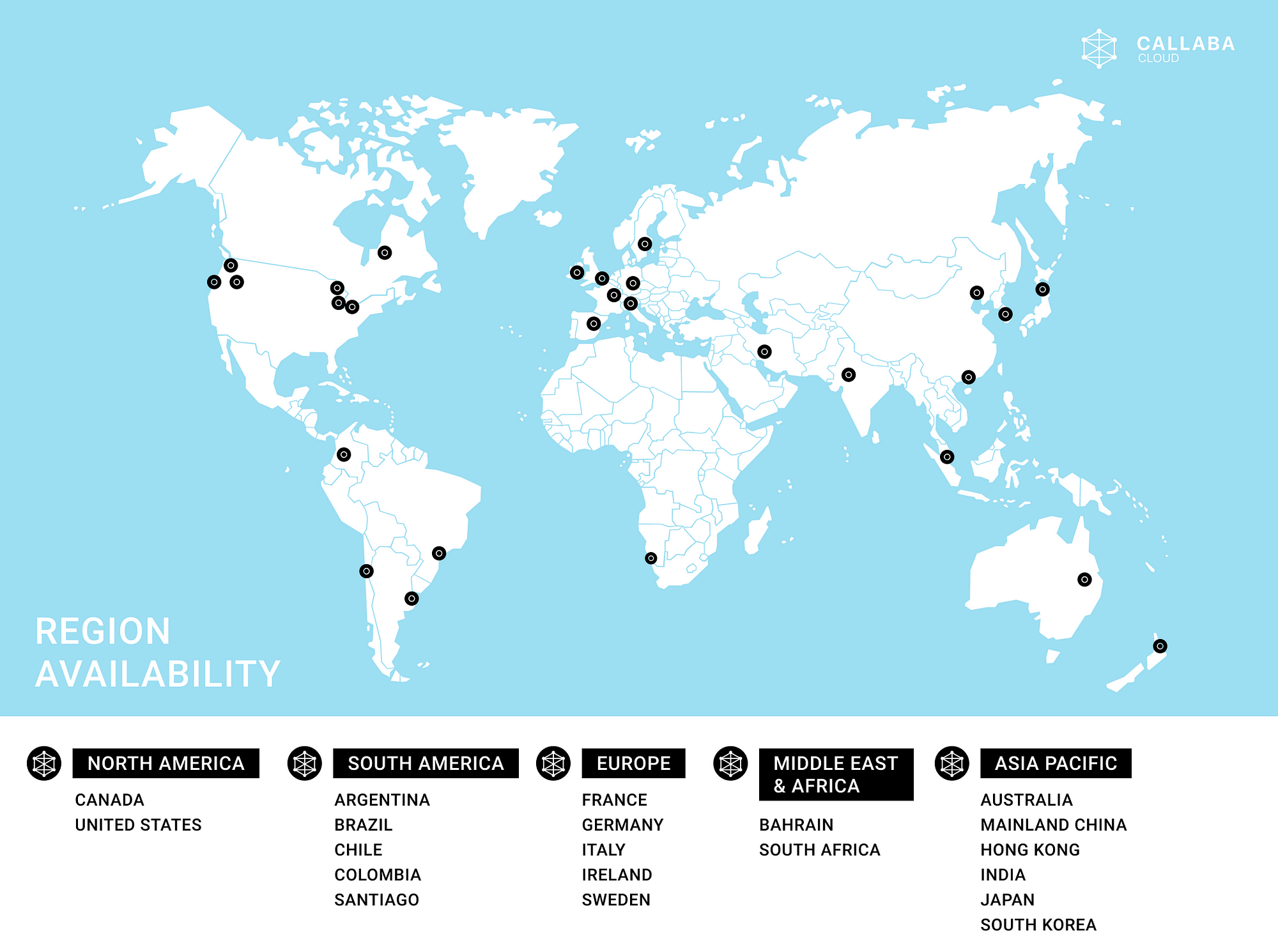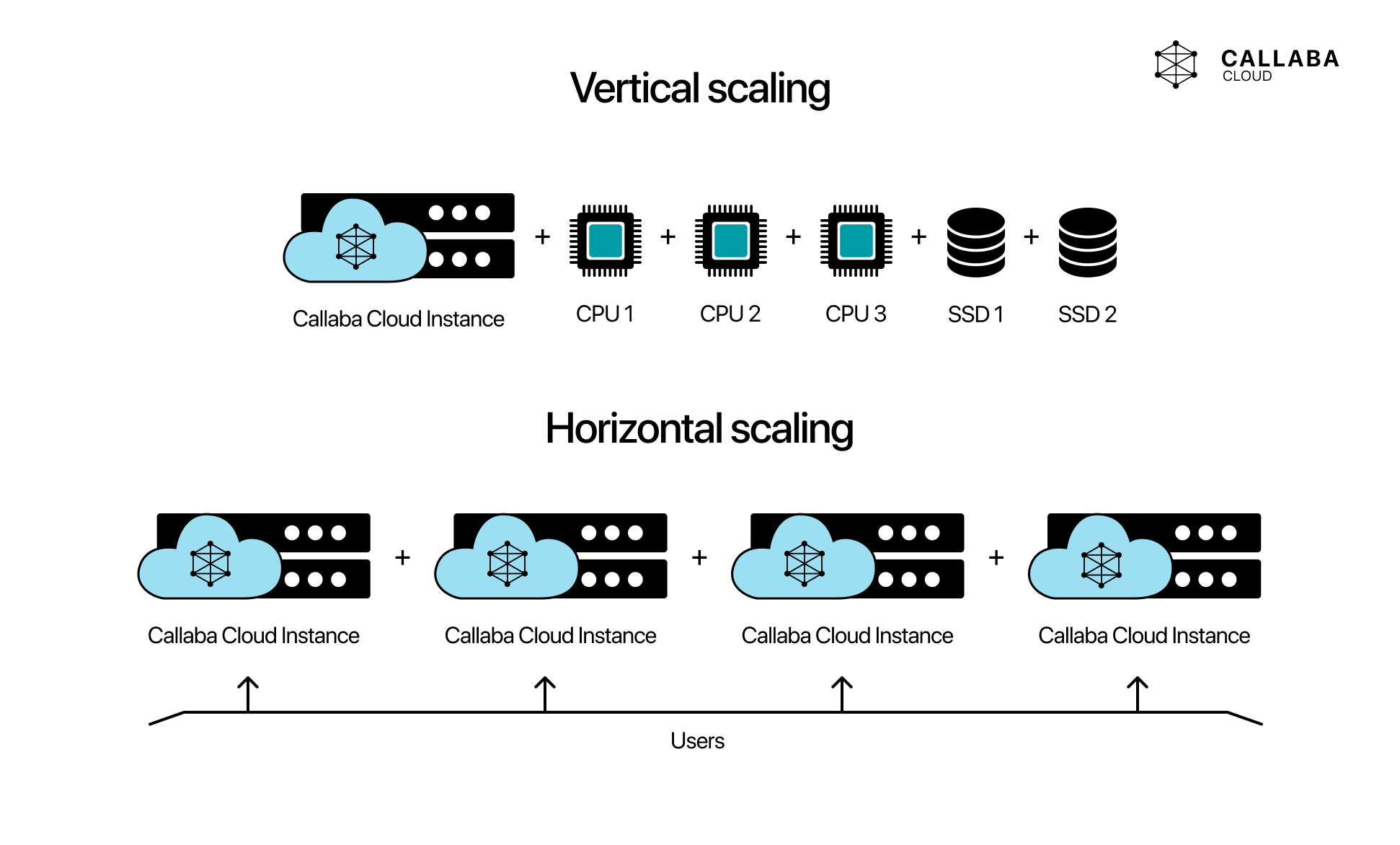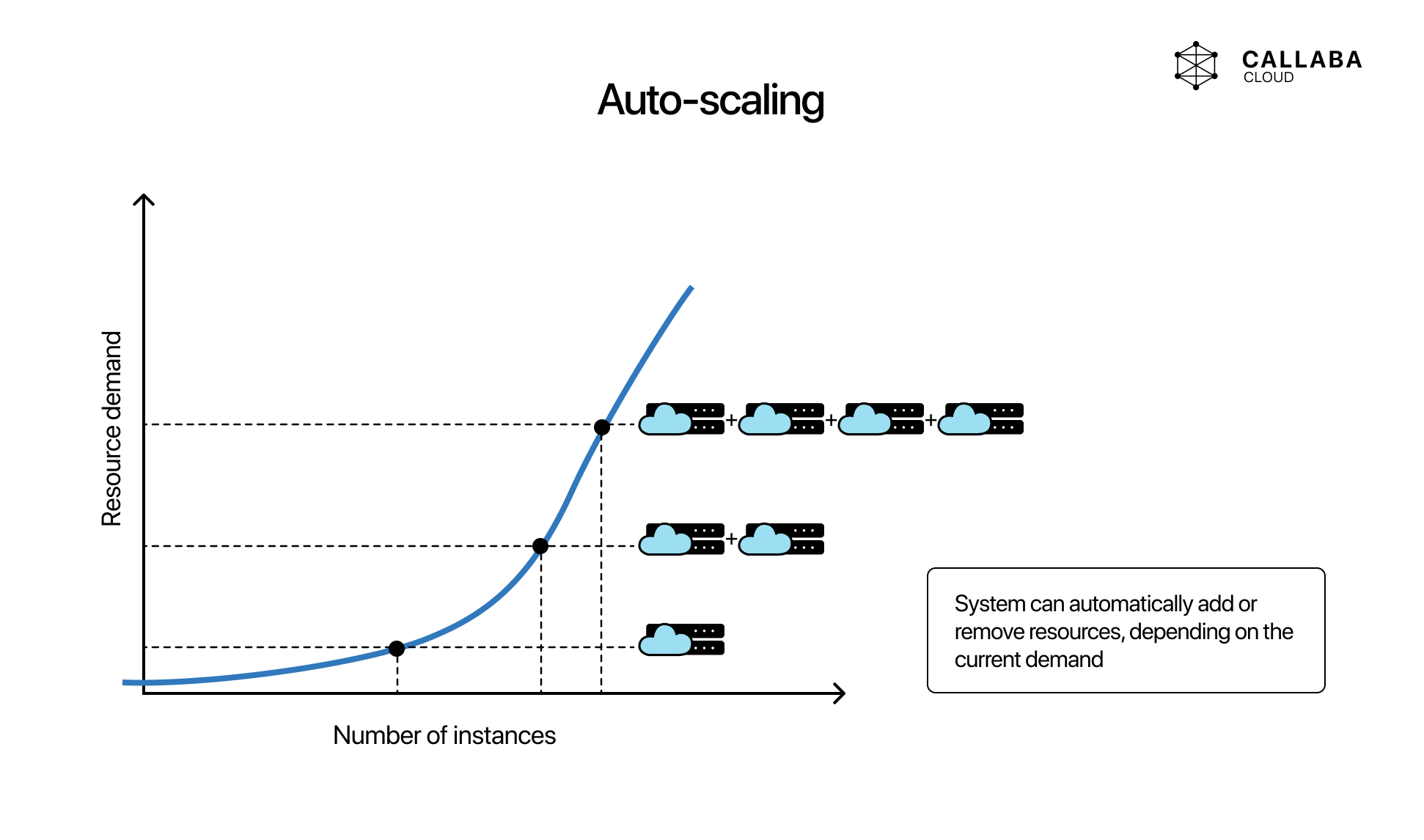Benefits of the Amazon Web Services for video broadcasting

Video streaming has become a useful tool for marketing and communication, as well as a modern means of providing entertaining or educational content. Cloud computing has played a major role in this change, as it revolutionized video streaming and opened new possibilities for platforms like Twitch and Youtube and other businesses as well.
But how exactly are cloud infrastructures and Amazon Web Services in particular doing that? Let’s get into the core features of the clouds that make them so useful.
Quick jump start and low barrier entry
Even those who have never used cloud services before can register an account and launch their first cloud instance in about 5–10 minutes.
SRT protocol and other data transfer protocols are easier to use
When using cloud infrastructure, there is no need to configure a firewall or use any additional software to do it.
Good network bandwidth
Video streaming platforms like Twitch have adopted cloud scaling in order to enable larger bandwidth and speed. These factors are necessary to handle heavier video requirements and provide a better viewing experience. Cloud services provide a broad bandwidth to ensure smooth data transfer and to lower the latency. On Amazon Web Services, for example, available bandwidth depends on the type of instance being used; the larger the instance, the wider the channel. Most hosting or similar services can not provide a really broad bandwidth, because they have to divide their channel between all of their users.

Large number of availability regions around the world
In short, availability regions are the geographic locations of the cloud data centers. Cloud availability allows us to ensure that customers/viewers can access live stream from anywhere on the planet. Choosing the closest zone is also important for getting lower latency.

Range of scalability options
Cloud services are able to add and remove resources on demand. It is important because you want to ensure that you have access to the right amount of resources, no matter how high or how low the current demand is. People accessing your cloud-based broadcasting should not be able to notice that resources have been added or dropped. They should just enjoy the content and have the confidence that they can access it without any issues.
There are a few types of cloud scaling:
- Vertical scaling, or upgrading a single resource.
For example, adding more memory or storage capacity to the instance without shutting it down to perform the update. - Horizontal scaling, or expanding a system with additional components. You can link instances with each other to add processing power or more memory. Horizontal scaling is a good practice for cloud computing because additional hardware resources can be added to the linked servers with minimal impact. These additional resources can be used to provide redundancy and ensure that your services remain reliable and available.

- Auto-scaling
This term refers to a cloud computing feature that allows to manage different types of scalability in the cloud automatically. Amazon Web Services offers auto-scaling to enable consistent performance regardless of the current demand on resources.

Reliability
The cloud makes it easy to achieve fault-tolerance, add extra resources and allocate them for redundancy. The settings can be configured so that the extra resources would be added and removed automatically when needed. This, of course, is largely based upon the scalability features.
When video broadcasting is run in the cloud, you can expect that the connection is secure and the stream is accessible from any device and location and will remain available with no interruptions.
Pay-as-you-go pricing model
Pay-as-you-go pricing model allows users to pay only for the individual resources they use, for as long as they use them. No long-term contracts or complex licensing is required. This is also more flexible than subscription model. Why pay for a month, if you are only going to use something for a few hours? You only pay for the services you consume, and once you stop using them, there are no additional costs or termination fees.
In conclusion
Cloud computing provides flexible and powerful features for high quality video delivery. With the focus being on the end user’s experience, video streaming platforms and other businesses will continue adopting cloud technologies to provide better results.

